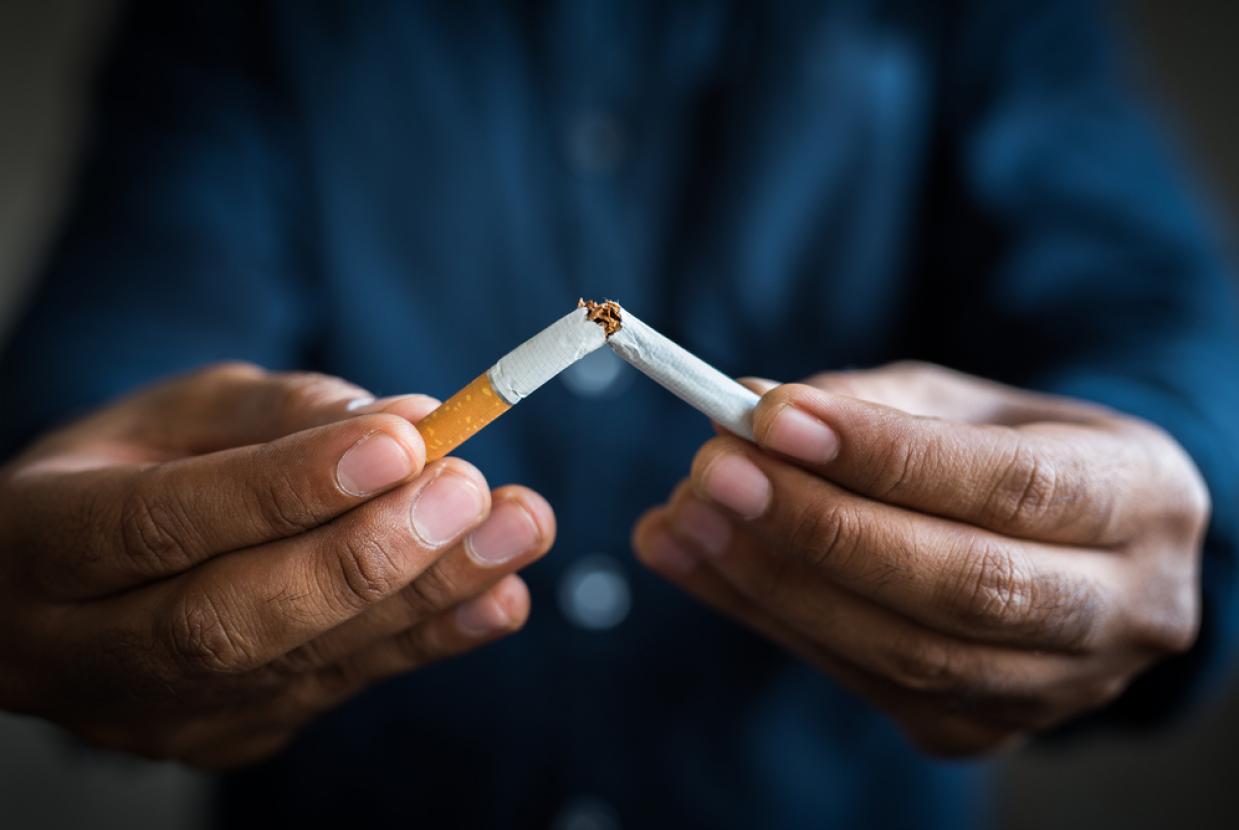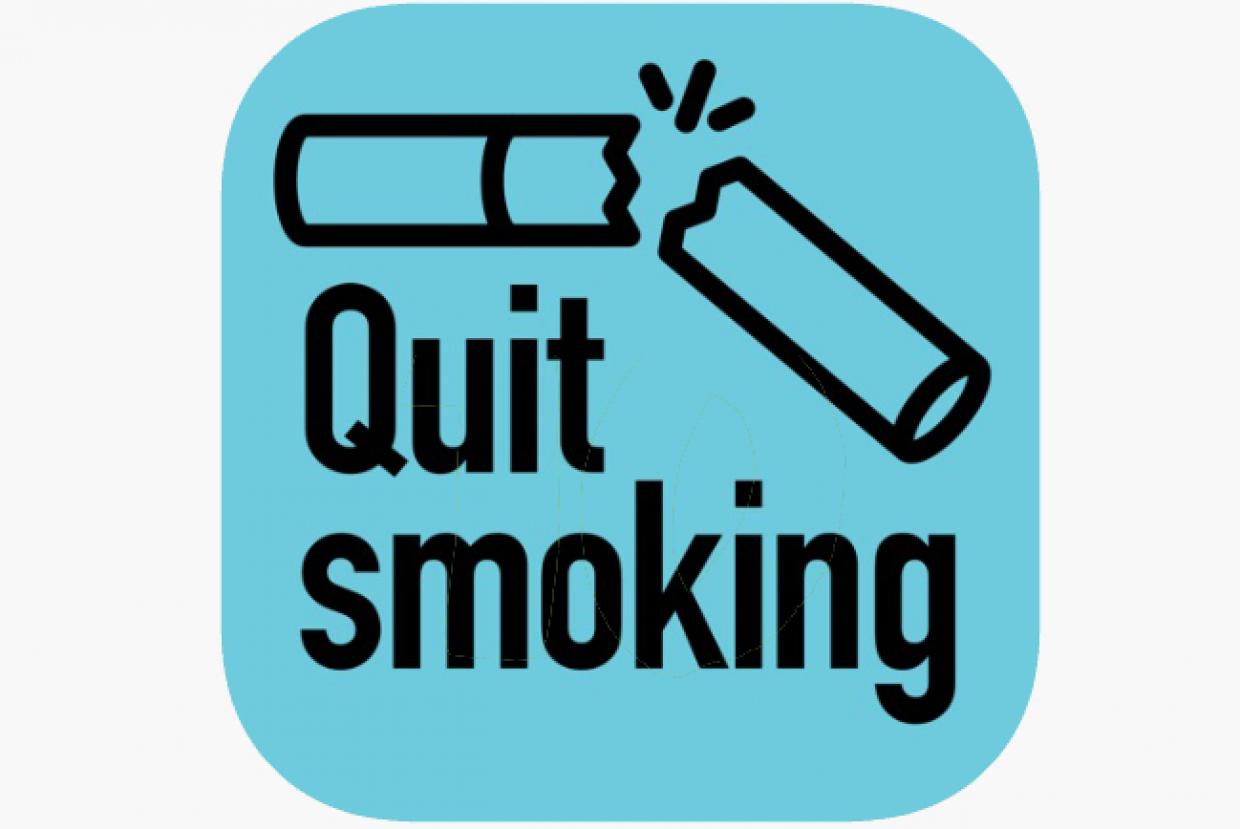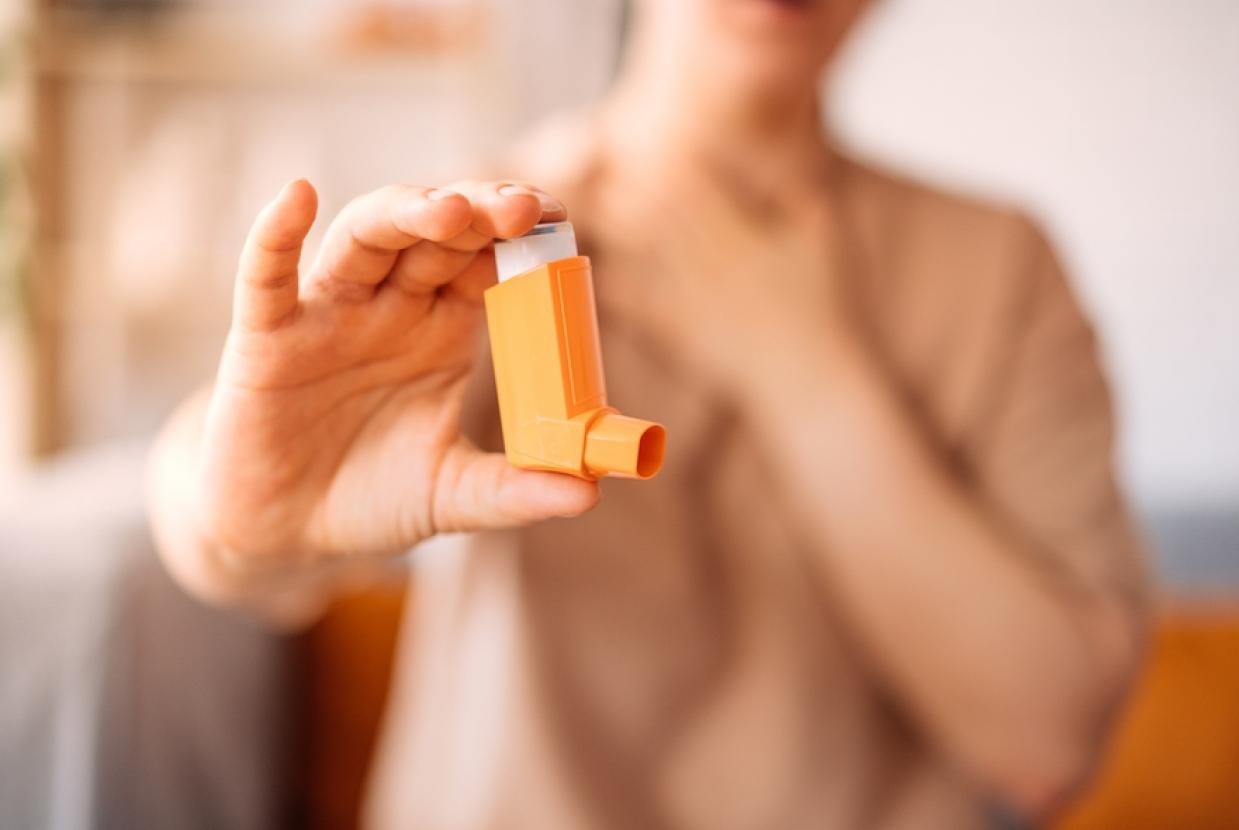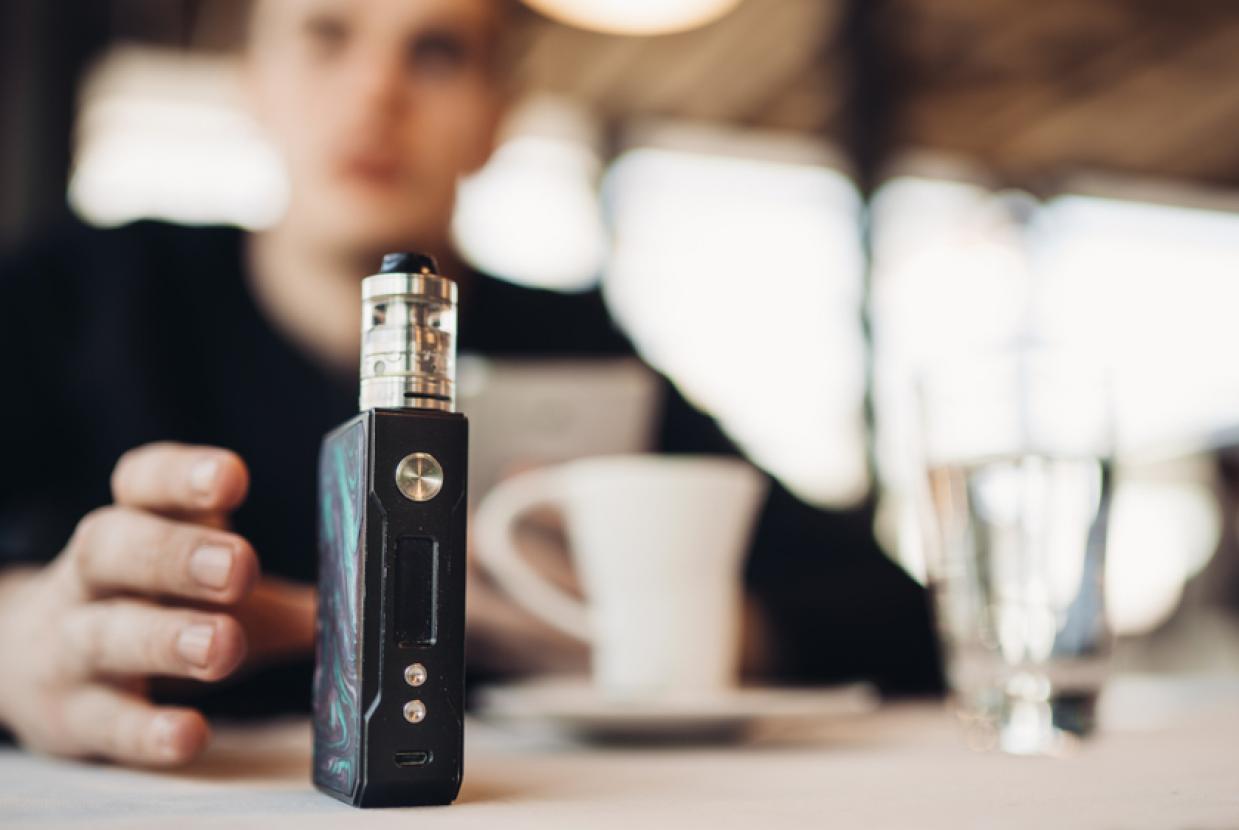Vaping To Quit Smoking
Quit SmokingNicotine vaping is substantially less harmful than smoking. It's also one of the most effective tools for quitting smoking. Vaping is not completely harmless and we only recommend it for adult smokers, to support quitting smoking and staying quit.
Here you will find the facts on vaping, based on scientific evidence and research, plus advice on how to use vapes (sometimes called e-cigarettes or e-cigs) as a tool to quit smoking.
How vaping can help you quit
Vapes are electronic devices that let you inhale nicotine in an aerosol, or vapour, instead of smoke. This is done by heating a solution (e-liquid) that typically contains propylene glycol, vegetable glycerine, flavourings and nicotine.
E-liquids come in different nicotine strengths, so you control how much nicotine you need to help with cravings and other withdrawal symptoms, such as feeling irritable and having low mood. Nicotine itself is not very harmful and has been used safely for many years in medicines to help people stop smoking.
Help break the routines of smoking cigarettes
The routines and rituals of smoking can be hard to stop, so vaping can help you gradually let go of these while immediately reducing the health risks of smoking cigarettes.
Some people find vaping helps them because the hand-to-mouth action is like smoking, plus you get similar sensations, like throat hit (the "kick" in the back of your throat when you inhale).
Any smoking is harmful and you will only get the full benefits of vaping if you stop smoking completely. Some people manage to make a full switch very quickly, while for others it can take a bit longer.
Did you know?
You're roughly twice as likely to quit smoking if you use a nicotine vape compared with other nicotine replacement products, like patches or gum.
Is vaping harmful?
Evidence shows that vaping is substantially less harmful than smoking. Vaping exposes users to far fewer toxins and at lower levels than smoking cigarettes.
Switching to vaping significantly reduces your exposure to toxins that can cause cancer, lung disease, and diseases of the heart and circulation like heart attack and stroke. These diseases are not caused by nicotine, which is relatively harmless to health. However, vaping is not risk-free. Non-smokers and young people under 18 should not take up vaping.
Did you know?
In 2022, UK experts reviewed the international evidence and found that "in the short and medium term, vaping poses a small fraction of the risks of smoking".
Long-term effects of vaping
Vaping has not been around for long enough to know the risks of long-term use. While vaping is substantially less harmful than smoking, it is unlikely to be totally harmless. The healthiest option is not to smoke or vape. So, if you are vaping to quit smoking, you should aim to eventually stop vaping too.
Vaping versus smoking
Cigarettes release thousands of different chemicals when they burn. Many are poisonous and up to 70 cause cancer. They also cause other serious illnesses, including lung disease, heart disease and stroke. Most of the harmful chemicals in tobacco smoke, including tar and carbon monoxide, are not contained in vape aerosol.
Tips for successfully switching to a vape
Pick the right kit
Get advice from a specialist vape shop or a local Stop Smoking Service. Finding the right device and strength of nicotine in your e-liquid may take time – so stick with it.
Use a vape as much as you need
You should use the vape as much as you need to manage your cravings and withdrawal symptoms. Do not worry if you are vaping more than you used to smoke.
Try nicotine patches for extra support
You can use patches with a vape if you need to, as these give ongoing support by releasing nicotine slowly. You can top up with your vape to deal with immediate cravings.
Talk to others who have made the switch
Talk to people who have switched from smoking to vaping. Ask them what they wish they had known before they started and if anything in particular helped them through it.
Did you know?
Vaping costs much less than smoking. Once you have bought the kit, it's been estimated that vaping costs about a third as much as smoking.
How to choose and use a vape
There are a variety of vapes including:
- vape pens with a tank you fill with your choice of e-liquid, and a replaceable coil and rechargeable battery
- vape mods, customisable devices with variable power (these are more difficult to use and need more maintenance)
- vape bars shaped like a highlighter pen (these can be rechargeable and refillable with e-liquid capsules but are usually disposable)
- compact pod devices shaped like a flash drive or pebble (either rechargeable and refillable with e-liquid capsules, or disposable)
Which vape is best to quit smoking?
A vape bar, pod device or vape pen are good choices, as they are discreet, make small clouds and can give high amounts of nicotine. Starter kits come with a range of flavours.
It's important to choose an e-liquid with enough nicotine to reduce withdrawal symptoms and urges to smoke. You need to start at a nicotine level that matches your cigarette use – how frequently and how much you smoke. A specialist vape shop or your local Stop Smoking Service can advise you.
Whichever vape you choose, make sure you use it daily to help you make the switch from cigarettes.
Did you know?
Almost two-thirds of people who use a vape along with support from a local Stop Smoking Service successfully quit smoking.Where to buy vapes
You can buy them from specialist vape shops, some pharmacies, supermarkets and other retailers, or from an online vape store.
Make sure you buy your vaping products from a reputable retailer so you can be confident they are covered by UK safety and quality regulations.
So far, no vaping products have been licensed as stop smoking medicines in the UK, so they are not available on prescription from the NHS or from a GP. However, your local Stop Smoking Service may offer a free vaping starter pack.











































